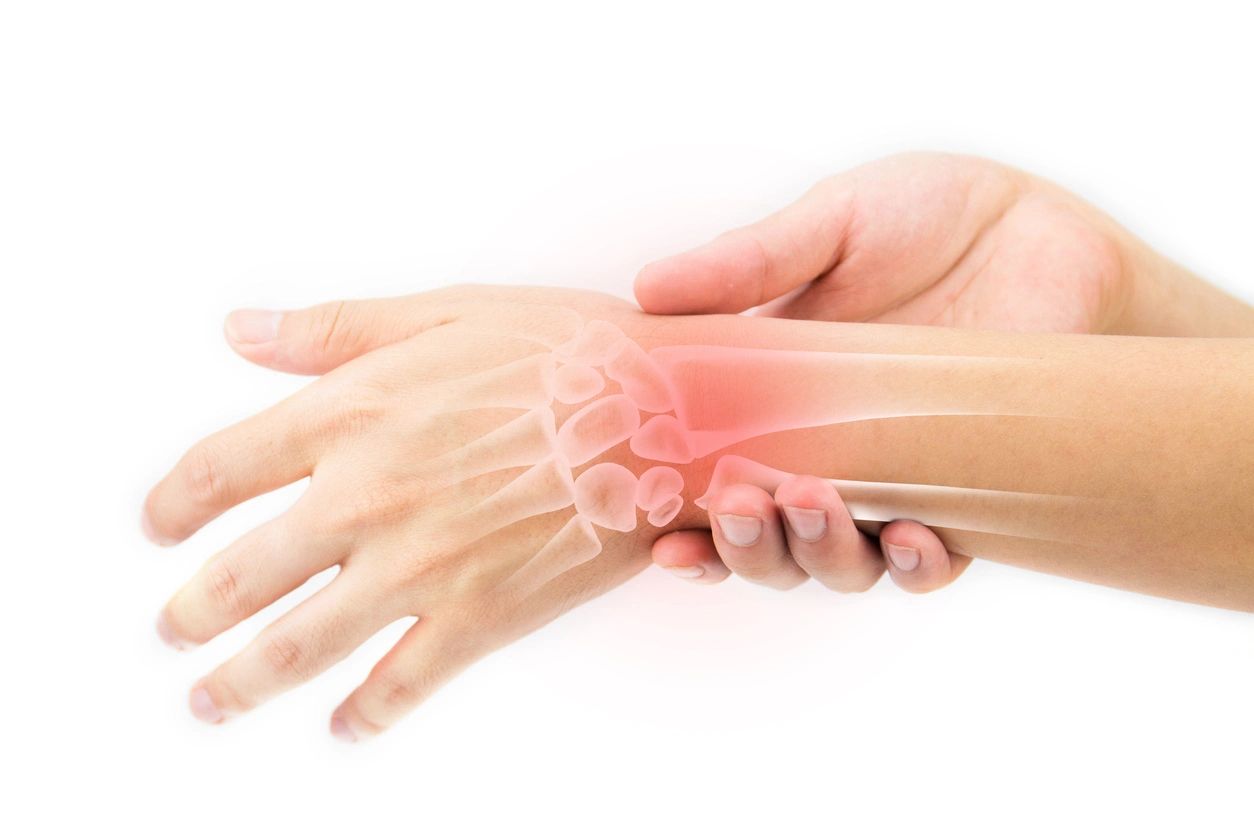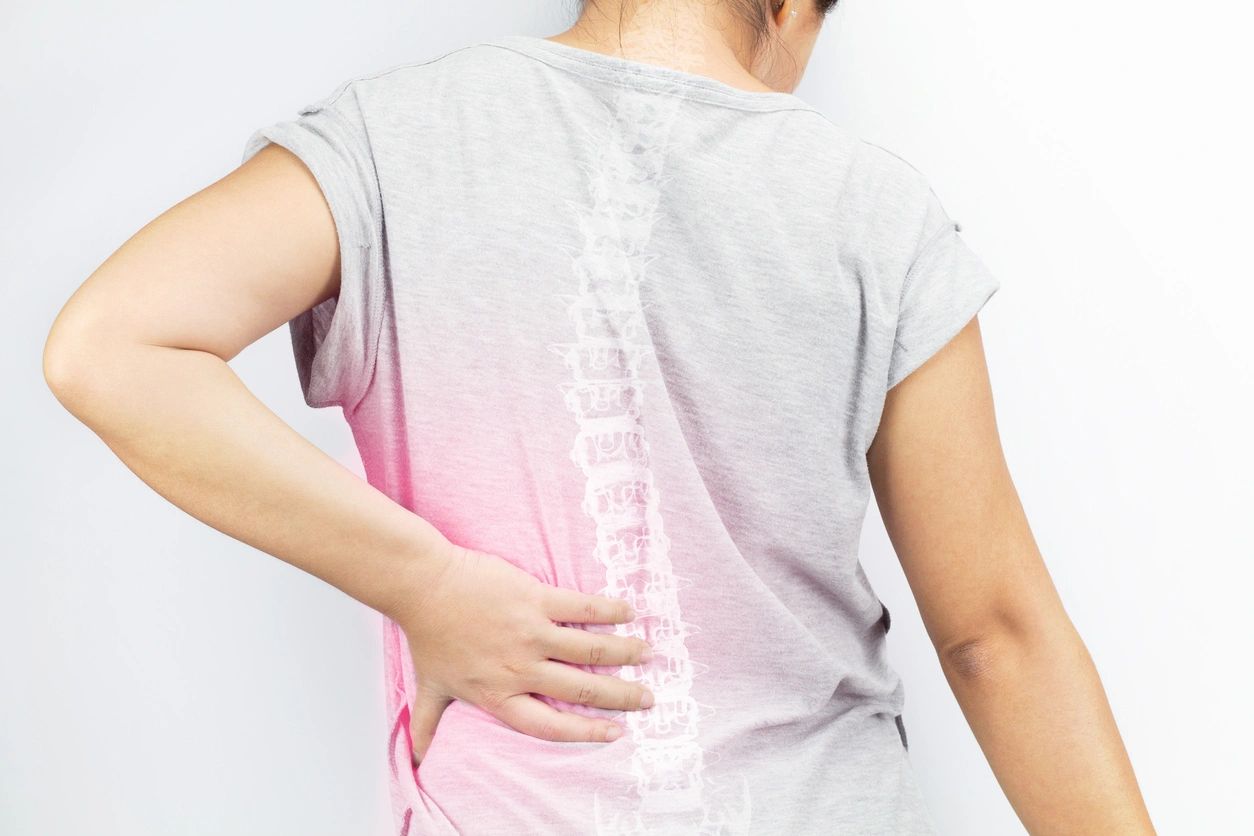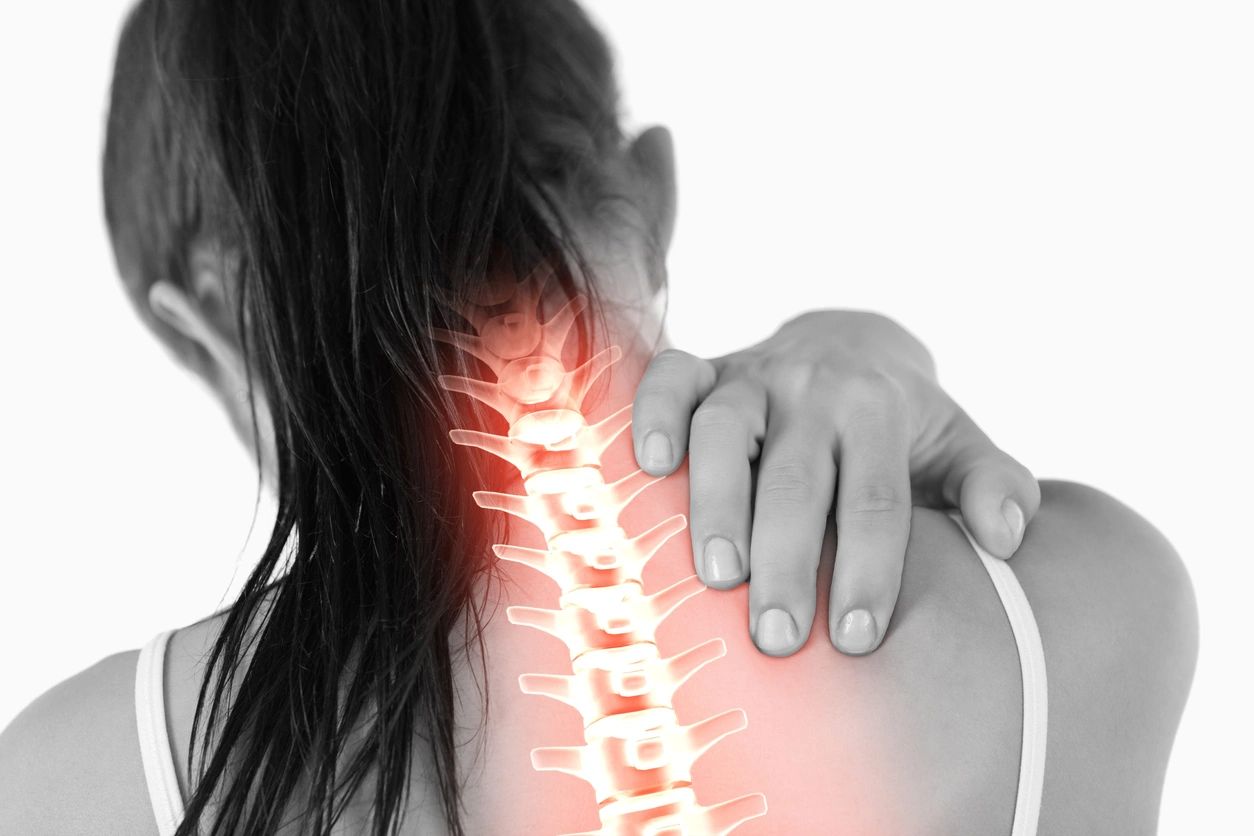Helping Patients Improve Their Bone Health

Osteoporosis
Osteoporosis causes bones to become weak and brittle, so brittle that a fall or even mild stresses such as bending over or coughing can cause a fracture. Osteoporosis-related fractures most commonly occur in the hip, wrist, or spine.
Osteoporosis occurs when the creation of new bone doesn't keep up with the removal of old bone. It affects men and women of all races. But white and Asian women, especially older women who are post-menopause, are at the highest risk.
Symptoms and Causes
There are typically no symptoms in the early stages of bone loss. But once your bones have been weakened by osteoporosis, you may have signs and symptoms that include back pain caused by a fractured or collapsed vertebra, loss of height over time, a stooped posture, and bone fracture that occurs much more easily than expected.
For more information about osteoporosis, visit the "Conditions" page and click on "Osteoporosis."


Symptoms and Causes
There are typically no symptoms in the early stages of bone loss. But once your bones have been weakened by osteoporosis, you may have signs and symptoms that include back pain caused by a fractured or collapsed vertebra, loss of height over time, a stooped posture, and bone fracture that occurs much more easily than expected.
For more information about osteoporosis, visit the "Conditions" page and click on "Osteoporosis."

Bone Densitometry
We have the state-of-the-art upgraded Hologic Discovery dual X-ray absorptiometry (DEXA) system with advanced features, including Vertebral Fracture Assessment (VFA). We are capable of assessing patients who may benefit from an appropriate evaluation, prevention, diagnosis, and management of osteoporosis. In this era of constrained health care resources, there is a definite need for an efficient and measurable system for well-balanced disease management. Now is obviously the time to get serious about the timely diagnosis of osteoporosis and recognize it as a major public health issue. Bone mass, measured by bone densitometry (DEXA), is an invaluable aid in the diagnosis and management of osteoporosis. Those of us who evaluate and treat patients with this disease know the difficulties faced by people who are diagnosed, the challenges of its management, and the devastating consequences of hip and vertebral fractures.
To millions of Americans, osteoporosis is a “great unknown.” The need to educate and make patients aware of the seriousness of this disease is critical, and an appropriate diagnosis is therefore crucial. We have made a long-term commitment to provide a comprehensive program with an emphasis on quality, education, prevention, and treatment of osteoporosis and other metabolic bone disorders. We continue our quality services to the patients and physicians in the community and improve public awareness and skills of health care professionals in the field of osteoporosis.

Bone Densitometry
We have the state-of-the-art upgraded Hologic Discovery dual X-ray absorptiometry (DEXA) system with advanced features, including Vertebral Fracture Assessment (VFA). We are capable of assessing patients who may benefit from an appropriate evaluation, prevention, diagnosis, and management of osteoporosis. In this era of constrained health care resources, there is a definite need for an efficient and measurable system for well-balanced disease management. Now is obviously the time to get serious about the timely diagnosis of osteoporosis and recognize it as a major public health issue. Bone mass, measured by bone densitometry (DEXA), is an invaluable aid in the diagnosis and management of osteoporosis. Those of us who evaluate and treat patients with this disease know the difficulties faced by people who are diagnosed, the challenges of its management, and the devastating consequences of hip and vertebral fractures.
To millions of Americans, osteoporosis is a “great unknown.” The need to educate and make patients aware of the seriousness of this disease is critical, and an appropriate diagnosis is therefore crucial. We have made a long-term commitment to provide a comprehensive program with an emphasis on quality, education, prevention, and treatment of osteoporosis and other metabolic bone disorders. We continue our quality services to the patients and physicians in the community and improve public awareness and skills of health care professionals in the field of osteoporosis.
